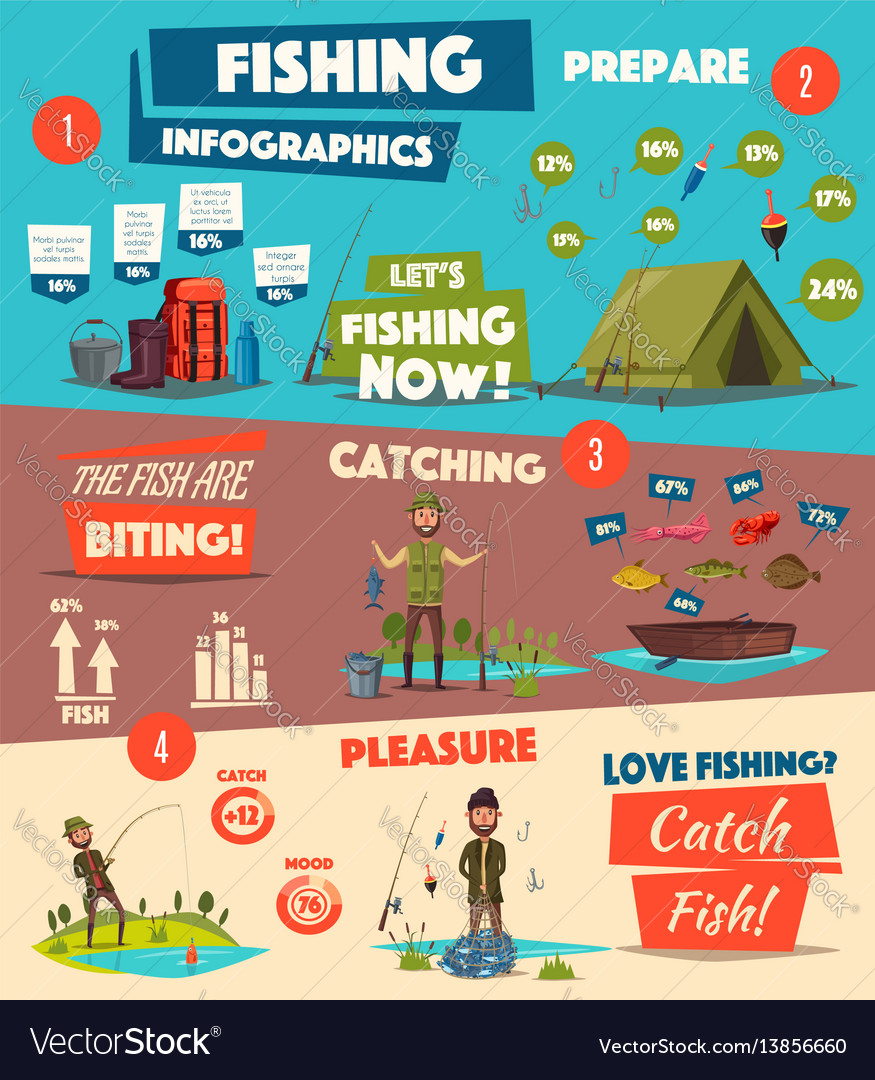Different Ways To Sell Camping Tents And Have Your Profitable Empire
Different Ways To Sell Camping Tents And Have Your Profitable Empire
Blog Article
Does Your Backpacking Outdoor Tents Need an Impact?
If you camp on a regular basis in areas with rocks or sharp downed branches or merely dislike storing a wet, sloppy tent, after that a footprint is definitely worth thinking about. Footprints are additionally fairly economical compared to a brand-new camping tent.
How do you pack a bell tent?
Lots of camping tent makers provide their own particular footprints, which are reduced to the specific dimension of the camping tent floor. However, you can make one on your own with a light-weight material like polycryo or tyvek.
Weather
Whether or not you need a footprint truly depends upon the problems you'll be camping in. If you're backpacking in a location where the ground is normally damp (it's virtually inevitable), a tent footprint can be a useful addition to your kit, as it will prevent your tent floor from ending up being soggy.
Nevertheless, if the footprint is as well huge it can serve as a wetness trap and potentially allow water to pool under your tent. This can be avoided by ensuring the footprint is cut a little smaller than your camping tent on all sides.
Typically speaking, it's finest to get a footprint from the same maker as your tent to make certain a specific fit. They additionally often tend to be made from thicker, a lot more resilient materials than DIY alternatives. They can be expensive for something whose sole purpose is to safeguard the ground underneath your camping tent, but it can be a worthwhile financial investment if you care about the long life of your gear.
Terrain
Lots of quality tents can function well without a footprint, especially those that have actually bathtub floorings made from resilient products. Nonetheless, the terrain you trek on can have a substantial effect on just how swiftly your tent flooring wears out. Granite pieces, sandstone and other sturdy surfaces wear via the bottom of your outdoor tents quicker than verdant meadows or forest floors.
A footprint or ground cloth aids prolong the life of your tent by acting as an obstacle in between the ground and the sewn-in groundsheet of your camping tent, states REI elderly sales expert Elizabeth Nguyen. It also secures the tent from unpleasant components like sharp branches and jagged rocks that can pierce or tear the sewn-in floor. When picking a footprint for your camping tent, it is necessary to ensure it's somewhat smaller sized than the camping tent on all sides. This protects against water from pooling in between the outdoor tents and footprint throughout a rainstorm, which can leak right into your outdoor tents. The very best alternative for a footprint is to buy one created for your specific camping tent, which will certainly guarantee a tight fit.
Tents with Lower Deniers and Water-proof Rankings
Whether you're a laid-back backpacker or a hardcore traveler, the toughness degree of your camping tent is a vital factor to consider. Tents created to be ultralight, approaching minimalist, commonly compromise some degree of sturdiness in the textile and materials utilized.
One material specification you'll experience is denier, which describes the weight in grams of a 9,000-meter size of yarn that comprises the outdoor tents's cover, rainfly, and/or floor. A higher denier spec represents extra tough fabrics, while reduced numbers indicate lighter and much less sturdy textiles.
Other specs to consider consist of floor measurements, vestibule dimension, and interior pockets. The former mirrors the overall square-footage that can be used for comfortable room, while the latter can play a role in storage by giving an area to stash equipment overnight and in bad weather. Ventilation is likewise a critical factor; as you exhale permanent tent homes wetness throughout rest, it requires to escape, or condensation may build up inside. Functions such as mesh windows and panels and adjustable rainfly doors help raise air flow and stop this from happening.
The Expense
The expense of a camping tent can influence its performance, and it is likewise vital to consider how much you can afford to spend. Backpackers seeking a lightweight shelter must aim for an outdoor tents with a livability ranking of at the very least 2 celebrities, and when possible, three or even more.
Livability describes exactly how roomy a camping tent feels, with headroom and floor measurements playing a huge function. Historically, backpacking tents used outstanding sloped wall surfaces and very little space to conserve weight, yet contemporary materials permit developers to offer more convenience while maintaining weight low.
Storage is another factor to take into consideration, with vestibules and a quick-pitching layout helping reduce setup time. In addition, the kind of material finishing and how the tent is saved can impact longevity. As an example, a PU finish that breaks down more quickly when damp, or undergoes repeated cycles of stowing and un-stowing, can considerably shorten the life-span of a camping tent. Similarly, making use of a custom-made footprint instead of stuffing an outdoor tents in a slipshod fashion will additionally prolong its life-span.
What are the best family tents?
